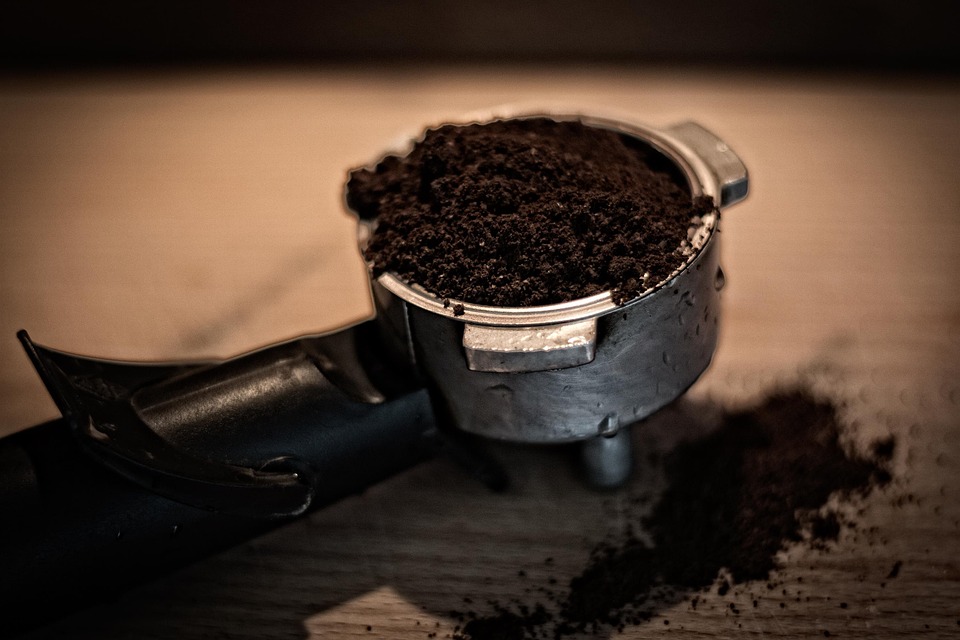Burning Away the Bad: The Science Behind Smudging and Its Benefits
Smudging, a traditional practice dating back thousands of years, has gained popularity in recent times for its purported benefits on mental, emotional, and spiritual well-being. At its core, smudging involves burning plant-based materials, such as sage, sweetgrass, or palo santo, to release their aromatic smoke, which is believed to cleanse and purify the environment, people, and objects of negative energies. But what lies behind this ancient ritual, and is there any scientific basis for its claims? In this article, we’ll delve into the science behind smudging and explore its benefits.
The History and Culture of Smudging
Smudging has its roots in indigenous cultures, particularly among Native Americans, where it was used to purify and protect people, places, and objects from negative energies, spirits, and pollutants. The practice was often performed during ceremonies, rituals, and everyday life to maintain balance and harmony. Today, smudging has evolved and is practiced by people from diverse backgrounds, often as a means to promote relaxation, reduce stress, and improve overall well-being.
The Science Behind Smudging
While the concept of “negative energies” may seem esoteric, there are some scientific explanations that can help us understand the potential benefits of smudging. Here are a few:
- Air Purification: The smoke released during smudging contains volatile organic compounds (VOCs), which have been shown to have air-purifying properties. These VOCs can help remove pollutants, bacteria, and viruses from the air, creating a cleaner and healthier environment.
- Antimicrobial Effects: Many plants used in smudging, such as sage and sweetgrass, have antimicrobial properties, which can help combat the growth of bacteria, fungi, and other microorganisms. This can be particularly beneficial in areas with high humidity or where people are more susceptible to illness.
- Psychological Benefits: The act of smudging can have a profound impact on our psychological state. The ritualistic nature of smudging can induce a sense of calm, relaxation, and reduced stress levels, thanks to the release of endorphins and other neurotransmitters associated with feelings of well-being.
- Olfactory System: Our sense of smell is closely linked to our emotional and psychological states. The aromatic compounds released during smudging can stimulate the olfactory system, influencing our mood, emotions, and cognitive functions.
Benefits of Smudging
While the scientific community has only recently begun to study the effects of smudging, anecdotal evidence and traditional knowledge suggest that it can have numerous benefits, including:
- Reduced Stress and Anxiety: Smudging can help create a calming atmosphere, reducing feelings of stress and anxiety.
- Improved Cognitive Function: The aromatic compounds released during smudging may improve focus, concentration, and mental clarity.
- Enhanced Mood: Smudging can uplift and balance our emotions, promoting a sense of well-being and happiness.
- Purified Environment: Smudging can help remove pollutants, bacteria, and viruses from the air, creating a cleaner and healthier environment.
- Spiritual and Emotional Healing: Smudging can be a powerful tool for spiritual and emotional healing, helping to release negative energies and promote a sense of balance and harmony.
How to Smudge Effectively
To get the most out of smudging, follow these simple guidelines:
- Choose the Right Plants: Select plants with proven antimicrobial and air-purifying properties, such as sage, sweetgrass, or palo santo.
- Prepare the Space: Open windows and doors to allow for good ventilation, and remove any clutter or negative influences.
- Set Intentions: Define your intentions for smudging, whether it’s to reduce stress, improve mood, or purify the environment.
- Use the Right Tools: Use a smudging kit or a heat-resistant container to burn the plants safely and efficiently.
- Respect the Tradition: Approach smudging with respect and reverence, acknowledging the cultural and historical significance of the practice.
Conclusion
Smudging, a traditional practice with roots in indigenous cultures, has been shown to have scientific benefits, including air purification, antimicrobial effects, and psychological benefits. While the concept of “negative energies” may seem mysterious, the act of smudging can have a profound impact on our mental, emotional, and spiritual well-being. By understanding the science behind smudging and approaching the practice with respect and reverence, we can harness its benefits to promote a healthier, happier, and more balanced life. So, the next time you’re feeling stressed or overwhelmed, consider burning away the bad with a smudging ritual – your mind, body, and spirit might just thank you.


Leave a Reply